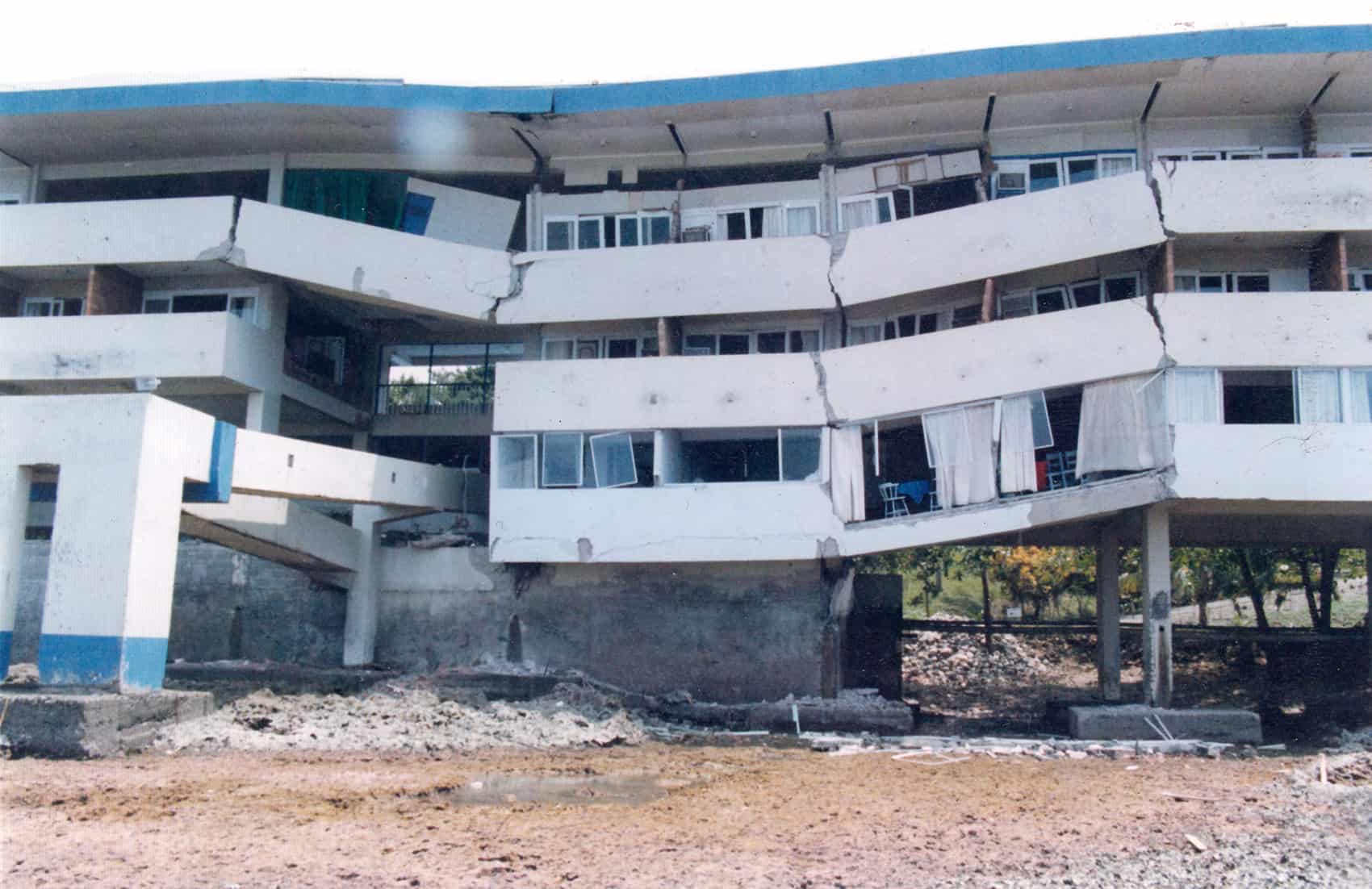Costa Rica sits in one of the most seismically active regions in the world and certainly is no stranger to the rumblings of earthquakes. According to Marino Protti of the Volcanological and Seismological Observatory of Costa Rica (Ovsicori), the number of earthquakes with a magnitude of 2.0 or greater in a “normal year” approaches 5,000 here. Generally the population feels only 50 of these.
But some of the stronger temblors of the past have resulted in unusual consequences even by Costa Rican standards.
Double destruction
The first is the so-called “terremotos gemelos,” or the twin earthquake effect.
According to Guillermo Alvarado, geologist for University of Costa Rica’s National Seismological Network, twin earthquakes occur when two seismic events having the same destructive power happen within a close period of time.
The city of Cartago, the old colonial capital east of San José, was dealt a severe blow in 1842 when two quakes hit the area six months apart. A rebuilt Cartago had the misfortune of experiencing terremotos gemelos yet again in 1910. A quake in April that year was followed a month later with a devastating magnitude-6.7 temblor that killed 700.
In 1911 and 1912, twin earthquakes at Toro Amarillo were spaced 10 months apart. The earthquake of Dec. 22, 1990, in Alajuela, was shadowed by another seven months later in Puriscal. And on Jan. 8, 2009, a magnitude-6.1 quake near San José killed at least 20 people. A magnitude-5.9 followed in October 2010.
Fish, Crabs and Water Denizens
A second phenomenon occurred when an earthquake struck the town of Aguas Zarcas, in the north-central canton of San Carlos, Alajuela, on Sept. 28, 1911. The quake moved more than just the earth: An entire river dried up and disappeared.
According to a New York Times article on Sept 28, 1911, “A feature of the earthquake was the drying up of the Caño Grande River. The stream, which in places is nearly 200 yards across, was diverted from its course for more than 12 hours. The river is a part of the Toro Amarillo River, and it is believed the upheaval threw the waters back into the mother stream.
“The lack of water caused the death of great quantities of fish, crabs and other water denizens. The water is now flowing again, but the stream is half its former size.”
As strange as this was, almost exactly 100 years later, in July 2011, it happened again when a quake swallowed the Guacalito River. Villagers living nearby reported the river disappeared and was almost completely dry.
Cursed Churches
The towns of Cartago and Aguas Zarcas have a shared earthquake experience. The 1910 earthquake in Cartago and the 1911 earthquake in Aguas Zarcas largely destroyed these villages. But the quakes also have played a special role in redefining both their spiritual history, particularly when it comes to their churches.
In the case of Aguas Zarcas, the 1911 quake wiped out the 200-year-old structure, killing an older caretaker while she was in the church. (The 1912 Toro Amarillo temblor also damaged Aguas Zarcas.)
While Aguas Zarcas largely escaped the destructive wrath of quakes during the previous 200 years, Cartago unfortunately had a longer and more tragic record.
Cartago’s first recorded event dates back to 1718, when a quake damaged the church, leading to extensive repairs. Another quake struck in 1756, again requiring repairs, but the church stood up.
Not so on Sept. 2, 1841, when the San Anto-lín quake finally destroyed it. The next several decades resulted in aborted attempts to rebuild.
In 1870, the last attempt to rebuild commenced. The new parish was to be built and designed by engineer Luis Llach and German architect Francisco Kurtz, with a Romanesque style, the only one found in Costa Rica.
Its construction was halted for 30 years and was restarted again in 1903, before being completely canceled in 1910 after the Santa Mónica temblor. The structure is not a ruin in a strict sense, but an uncompleted church due to the lack of confidence that it would survive future earthquakes.
According to popular legend, the curse of the Cartago church dates to the 16th century and centers around two brothers. One of them was an unwed young man and the other a priest. A rivalry arose between them as both fell in love with the same woman. The woman married the lay brother. The priest was infuriated and did everything he could to destroy his brother. Then, in 1577 during New Year’s mass, he saw his brother in the church and killed him with a knife.
In penance for his mortal sin the priest built a new church for the city, but one year later an earthquake destroyed it. Each time it was rebuilt, another new quake destroyed it, until 1910, when it was canceled and thought to be a cursed site. It also is said that on foggy nights, it is possible to see the headless priest inside the ruins, wandering for eternity as his penance for desecrating a holy site.
Costa Rica and earthquakes share a long history together. But the strange parings of terremotos gemelos, rivers gone missing and cursed churches suggest the cause emanates not entirely from beneath the earth.
By Thomas Clark | Special to The Tico Times






